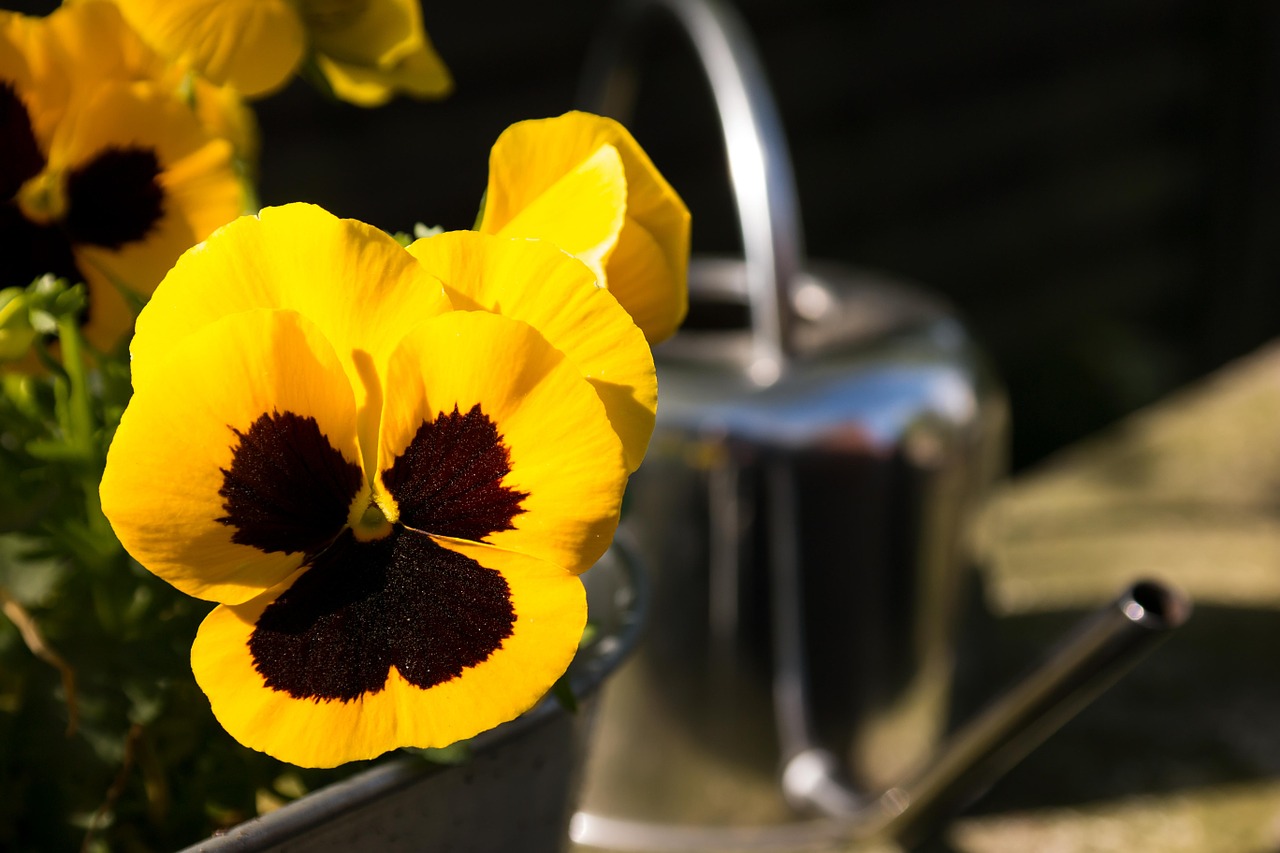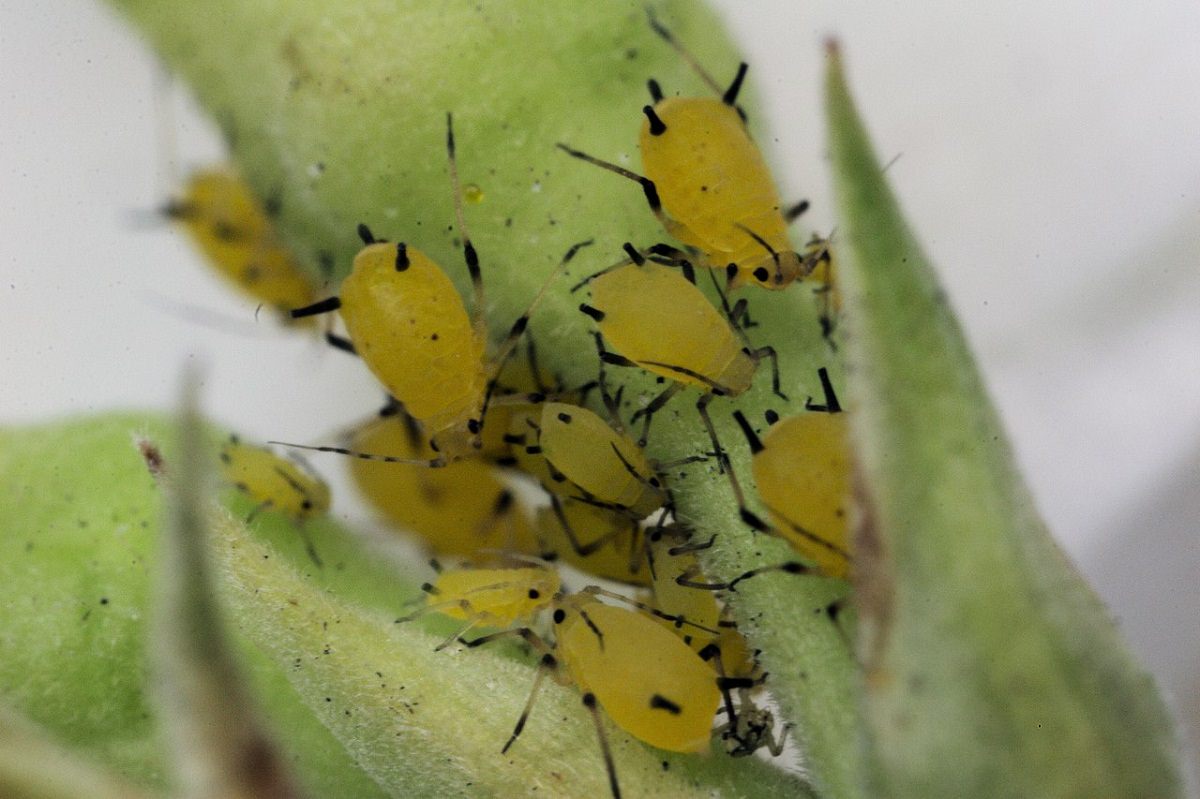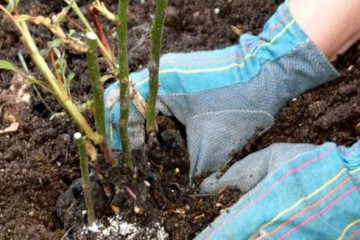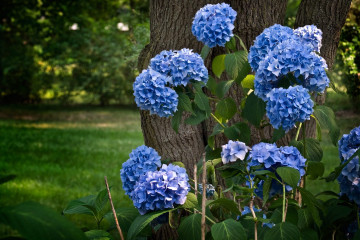Pansies - seed planting in open ground
Content:
Pansies, or, as they are also called, viola, are very beautiful flowers that are difficult to tear away from. Thanks to the legends that go around, they evoke romantic and tender feelings. Therefore, the plant is very popular with gardeners, and it can be found in almost every garden.
Description of the plant
Pansies are scientifically called violets, they are annual, biennial and perennial. It depends on the climatic conditions in which the flower will grow. It does not tolerate severe frosts. Winters with little snow and spring thaws alternating with night frosts can be especially harmful. Therefore, for a long life, pansies are carefully wrapped in the cold season.
The plant first appeared in China and Japan.
This plant is characterized by a thin stem with rounded leaves and single growing flowers. The bud that appears has five petals, two of which are larger than the rest. Blooming flowers can be of different colors: from white to black with a characteristic spot in the middle.
In addition to its decorative qualities, viola is used for medical and cosmetic purposes. To do this, during the period of abundant flowering, the upper part of the bud is cut, dried and placed in a container in which it can be stored for several years. The plant contains many useful substances: insulin, ascorbic and salicylic acids, essential oil, polysaccharides.
But, despite all the useful properties, pansies can be called a poisonous plant. Their inflorescences contain natural dye E161, which is very harmful to the human body, can cause allergic reactions and damage to the gastrointestinal tract. Treatment with violet broth is contraindicated for persons suffering from hepatitis. In addition, some may have side effects such as vomiting, rashes, and nausea.
Growing violets
There are two ways to grow a flower - from seeds and from seedlings. In general, they are the same thing, as the seedlings are obtained by germinating the seed. But specifically, when choosing a method for your own garden, you need to be guided by the fact that seedlings in the open field can be obtained closer to the end of summer, and a new plant will germinate in the fall and there will be no time to enjoy its appearance.
The most popular varieties of pansies
There are many types of viola, differing in color, size and petal shape. But the most commonly used in gardening are only two varieties.
- Yellow pansies. The petals on the flowers have a pronounced yellow color. The plant can reach a height of 15 cm, belongs to the class of Swiss giants and is two years old. Yellow viola is a rather unpretentious plant, propagated by seeds.
- Blue pansies. They have pale blue petals. The flowers grow to a small size, about 5 cm in diameter. Blue viola is a perennial plant and can be planted both outdoors and in pots. Since it is a thermophilic plant, the planting site should be sunny.
These varieties are the most popular, but many more different species are known, which are also often grown in gardens: white, ampelous pink varieties. Also known is wild or field viola, widely used for cosmetic and medicinal purposes.
Pansies: planting and care in the open field
After choosing the plant variety you like, you should proceed to planting work. In order for the violet to grow healthy and bloom well, it is necessary to properly prepare and plant it.
When to plant seeds for seedlings
If there is a desire to get a flowering plant already in the first year, then it would be better to grow seedlings from seeds. This should be done in February. A small flower pot or container is chosen for future sprouts.
The choice of soil for seedlings
The easiest way is to use a purchased substrate for planting - peat and coconut tablets, special complex mixtures. If there are no shops nearby, then you can prepare the seedling mixture with your own hands. It is enough to make a substrate in the fall from street soil, sand and peat and store it in a dry room. 20 days before planting the seeds, the earth warms up well in a heated room.
To start sowing seeds, it is recommended to prepare a substrate of the following composition: one part of sand and rotted compost and three parts of fertile soil. Before mixing, all debris, dry blades of grass and twigs from the components are removed.
Seed preparation and sowing
After the soil for the seedlings has been prepared, you can start preparing the seeds for planting.
Since today more than 200 varieties of pansies are known, before the final choice, you need to decide which plant you want to get. Pay attention to the height of the future bush, the size of the flowers. Color, flowering period and frost resistance will be important.
Selected seeds are soaked until the first shoots appear and planted in the ground in several pieces. It is important to consider that violet seeds are stored for no more than two years, so you should not use those that were harvested a year ago or more.
The seeds of the plant germinate rather quickly and the first shoots appear in a week. In the future, they can be left in one container or planted in separate pots. From the beginning of planting until the time when the seedlings should be transplanted, it takes about four months.
Seedling care
From the moment the first shoots appear and before transplanting into open ground, the flower must be properly looked after:
- observe the watering regime and once a month combine it with feeding with organic fertilizers;
- maintain a temperature regime not lower than 25 ° С;
- maintaining sufficient air humidity and spraying the plant if necessary;
- providing the necessary lighting.
A couple of weeks before transplanting into open ground, if it is already warm enough outside, the seedlings begin to be prepared. To do this, you need to take it outside every day. For a start, you can leave it for half an hour, then for 4 hours. If everything is done correctly, then the flowers will appear earlier and will look better.
Planting seeds in open ground
Planting seeds outdoors is more difficult and time consuming. This method is mainly used in nurseries in which flowers are grown for sale.
To start disembarking, a temperature of 20-22 ° C is required. A higher one is fraught with the appearance of fungal diseases. If you start sowing in May, then the viola can begin to bloom in the summer, but the winter period will be difficult. When sown in June or July, flowers will appear only the next year.
Choosing a place for planting and caring for plants
Whichever of the proposed growing options is chosen, when planting in open ground, you must choose the right place. This should be a well-lit area away from tall plants. The soil at the planting site should be fertile, loose and free of weeds. If all the conditions are met, then you can start planting, guided by the following sequence:
- The site is marked out, and holes are made for seating with a depth of about 20 cm, the distance between the seedlings is chosen independently.
- The hole is well spilled with water, then the seedling is slightly sunk into it.
- The hole is very carefully sprinkled with peat or compost.
- After the seedlings are planted, they need regular care and feeding.
It is necessary to water the planted seedlings a couple of times a week in the morning or in the evening, depending on weather conditions. Loosening the soil after watering should be done even in very hot weather. With insufficient moisture in the roots, the flowers quickly wither and fall off. You can feed the plant once a week. The fertilizer should contain phosphorus, potassium or nitrogen.
Disease Prevention and Pest Control
There are several types of diseases and pests that pose a danger to viola.
- Powdery mildew. It affects all parts of the plant, which subsequently die off. You can get rid of it with a water-soap emulsion.
- Gray rot. Destroys flowers completely. Neutralized with copper dioxide solution.
- Blackleg is a type of rot that affects the root of the plant. Appears due to excessive watering and dense soil. There is no cure.
The most important pests for pansies can be aphids and spider mites. If you do not pay attention to their appearance in time, then the plant begins to wither and may die. Treatment with special means will help get rid of them.
If you follow all the recommendations for planting and caring for a viola, the next year the flowers of violets will delight the eye in the apartment or in the garden.






















